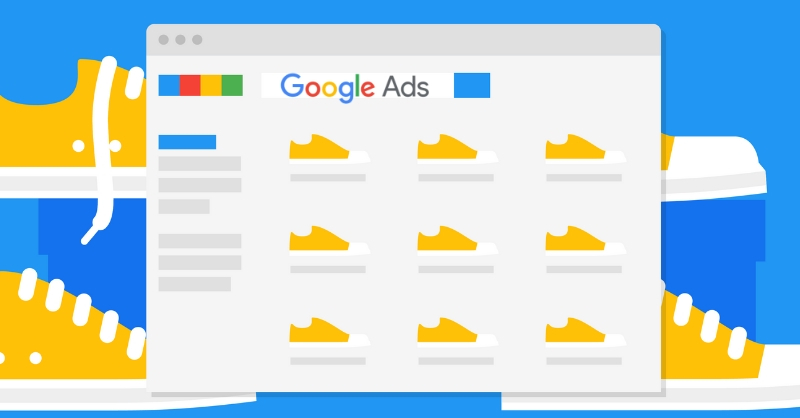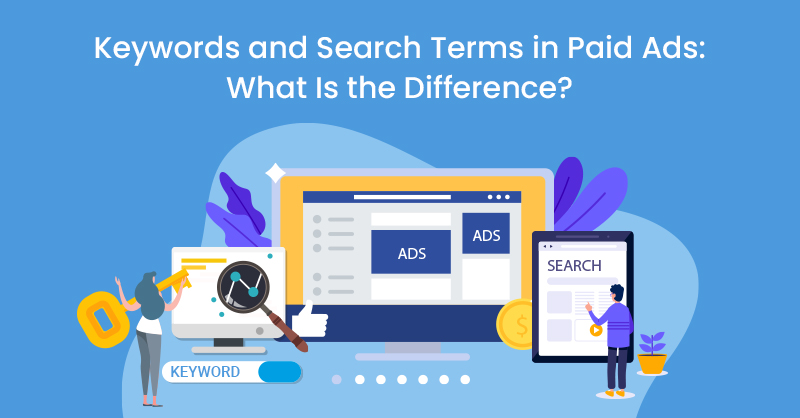Google Search Ads are, by nature, lower on the funnel channel; it helps you get to your target market when they are already in need of your services, rather than building awareness.
One of the major mistakes made by rookie Search Advertisers is that they assume every keyword relevant to their business should be included in one ‘Grand Campaign.’ Having 100 keyword monstrosities that will only drive your quality score down, and your cost per lead up!
How should you structure Campaigns for peak performance?
Why should you take care to protect your brand name, even when starting from scratch?
Is it a good idea to create service-focused campaigns and geo-target your entire service area?
While no two businesses, even in the same vertical, may never be the same, the suggestions in this Starter Guide will definitely point you in the right direction!
Google Ads Search Campaign Structure
Fighting against that initial inclination to make sure every imaginable keyword is covered in one campaign can be tough. You want to be everything and everywhere for every potential customer!
Many clients tell me that their primary target market is:
- 18-65
- Male and female
- Everyone that lives within a 500 KM (that’s 310 miles for my American friends) radius
Google Search Ads are the opposite of a radio ad. They work best by segmenting your services offerings and focusing on when a segment you are targeting is already in need. We don’t cross our fingers and hope that the right person is listening, we are looking to have the right answer for them when they are asking for help.
First, though, we need to understand the difference between a Campaign and an Ad Group. Ad Groups are going to be the individual service segments of your Campaigns.
Let’s use a plumber as an example: your core service is plumbing and your breadth of services may include commercial, residential, and emergency services. Your Service Campaigns should be organized by these three service lines.
The Ad Groups within these Campaigns should be organized by the depth of services within these lines.
Using Emergency Plumbing Services as your Campaign, your Ad Groups would include something like:
- Burst Pipe Repair
- Clogged Pipe/Toilet
- Leaky Faucet Repair
- Water Main Repair
- Sump Pump Repair
Inside your Ad Groups is where you begin to insert your keywords specific to the service line offering. The best practice is to focus on no more than 10-20 keywords per Ad group and to focus on keywords that have enough search volume, but also speak to how your target market would be asking for help.
You also want to leave room for location-specific variations, but more on that later!
It's highly recommended that you have individual Campaign specific landing pages. These landing pages shouldn’t link back to your website; they should be self-contained phone call/form fill-out machines with clear Calls-To-Action (CTAs) that include enough page copy to speak about all of the service-related keywords inside of your Ad Groups.
In a perfect world, you having targeted landing pages for each of your Ad Groups (and locations!).
Running Brand Campaigns (and Conquesting, Too)
This is where is it vital to remember that a Search Engine Results Page (SERP) is a battleground. By wading into Search Engine Marketing you are an active participant in an all-out SERP war.
Another presumption about this guide is that you have a well-constructed website. Your sitemap is broken out like your Campaigns and Ad Groups, with folders and subfolders addressing your breath and depth of service offerings, clear CTAs, and enough written content for Google to find you both relevant and of quality to their users.
To make sure you don’t show up with a knife to a gun fight, one of your most important Campaigns is to protect your brand name.
Now, I know what you’re thinking here: I rank first for my business name, why would I need to bid on my own name?
Because your competition will, and they will steal your well-earned clicks.
Roughly 17-20% of clicks on the first page of a SERP go to ads (with 14.5% going to the first sponsored result). This applies even when Brand Campaigns are involved. You can either standby as someone Conquests your business name and your hard-earned brand equity, or you can protect it with a low Cost-Per-CLick Campaign (and maybe look at stealing clicks from competitors, too).
Exact and Broad match keyword types are important here as well. Researching similarly named businesses and adding them to your Negative Keyword list will help you keep your ads relevant, Quality Score higher than your competitors can afford, and your clicks where they should be.
It is common practice to be sending your Brand Campaigns directly to the main page of your site, as the URL, site name, and content of your ad and site will work together to increase Quality Score.
Geo-Targeting Your Search Campaigns
Say you live in a major metropolis with multiple boroughs. You’re going to want to show up for users across a wide swath of different named municipal areas. Google is going for relevance and quality at all times, and one of the most relevant things is to be near as possible a service for it actually to be of value to you.
The added tweak to your Campaigns is to segment them by broad service offering AND location. This allows you to pepper location-specific keywords within your Ad Groups in order to take advantage of “near me” searches.
We split these by Campaign instead of Ad Group because we want to keep our data segmented in order to make better optimizations moving forward. Demographic and behavioural differences by city (or, in some cases, postal code) may necessitate pausing lower performing keywords or the addition of Negative Keywords.
Using our plumbing example, if you were to use blanket Residential Plumbing Campaigns across Toronto, you’ll find your house related keywords performing highly in suburbs but tanking downtown where condos are more prevalent.
There are two parts to a successful Google Search ads campaign: effectiveness and efficiency. Anyone can be effective at driving leads if they throw enough money at campaigns, but the skill involved is becoming more efficient over time through well thought out strategy, tactics, and ongoing optimizations.
By segmenting your Geo-Targeting by Campaign and Broad Service, you filter your data enough to start making smarter decisions down the road!
The End of The Beginning
There is a good reason this is “starter guide” and not a “comprehensive guide.” After organizing yourself along these lines, you’re off to create ad copy, landing pages, extensions, ad schedules, bidding strategies, and more that will bring your Google Search Ads to life.
Understanding how you qualify your segmented target markets allows you to organize your business’ services to get the most out of paid search. Avoiding the pitfalls of “too much/too many” will avoid burning money making mistakes and kickstart your search engine marketing.
If you have any questions about what your business could be doing better with your Google Search Ads, please leave a comment below and I’ll happily answer — or contact one of our digital marketing experts here!







on
Good topic, thank you for sharing this. Can’t wait to read more of your posts.
on
Great article. Thanks for sharing. Hope it will help me.
on
Great information on Google Ads. Very informative and very well written. Thanks for explaining in detail about a “Campaign and an Ad Group” You make this entire Google Ad platform easy to learn and execute a campaign. Keep up the great work.
on
Google Search Ads boom in 2018 & it will also continue in 2019.
Thanks for your post. It will help beginners to learn about it.
on
Thanks for the information